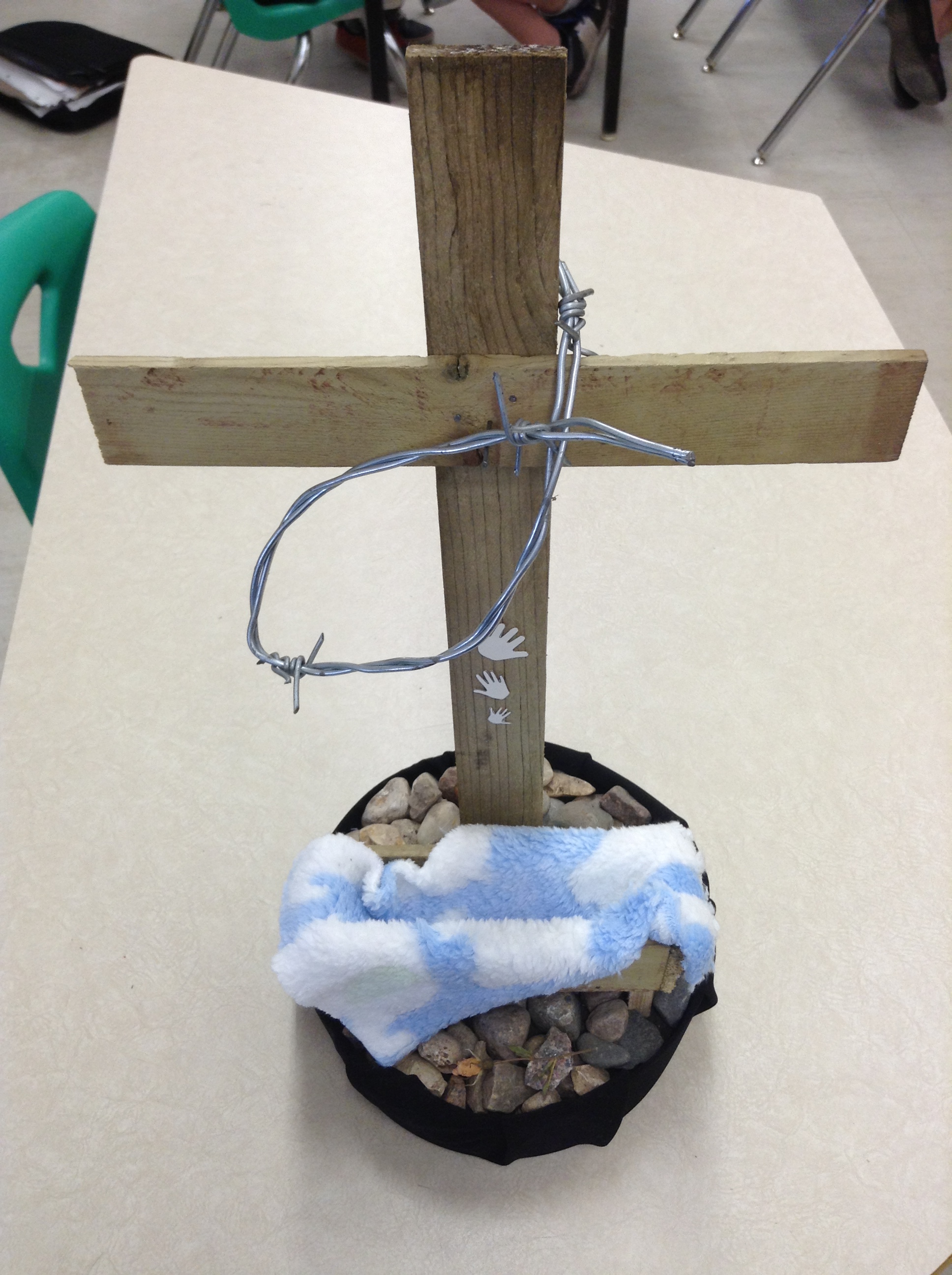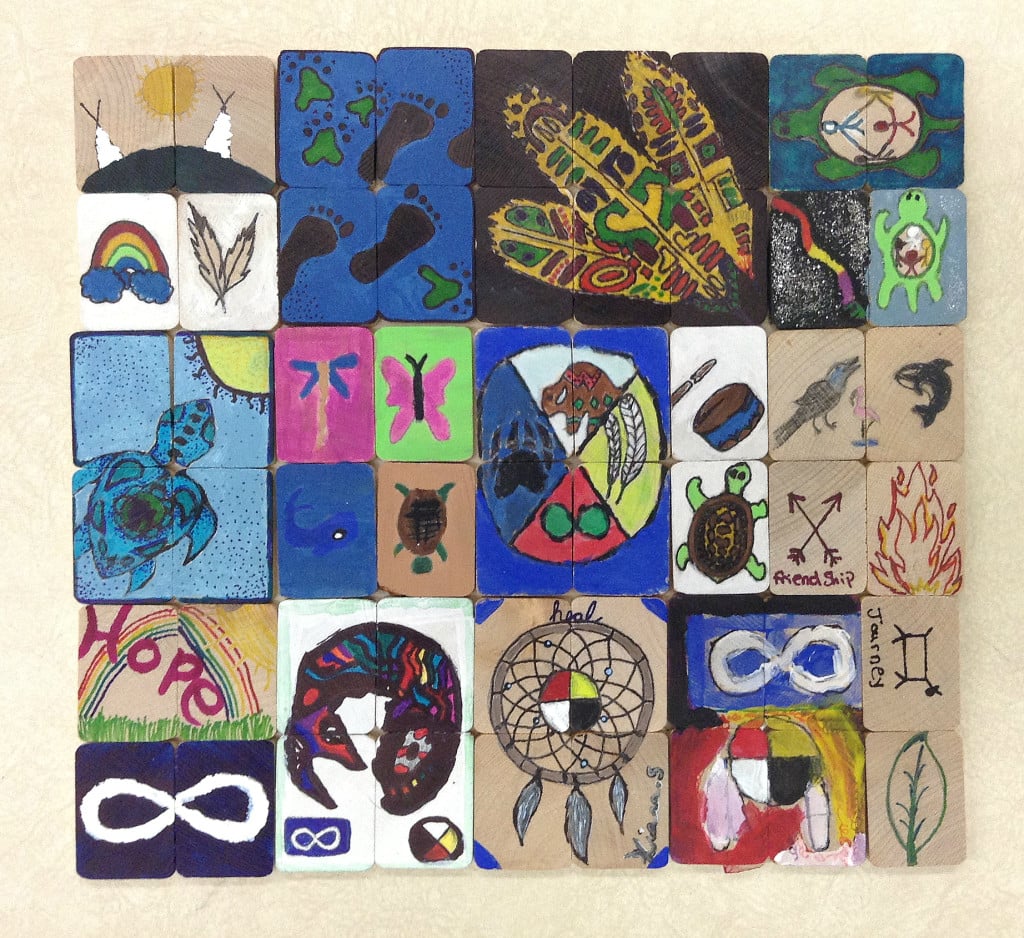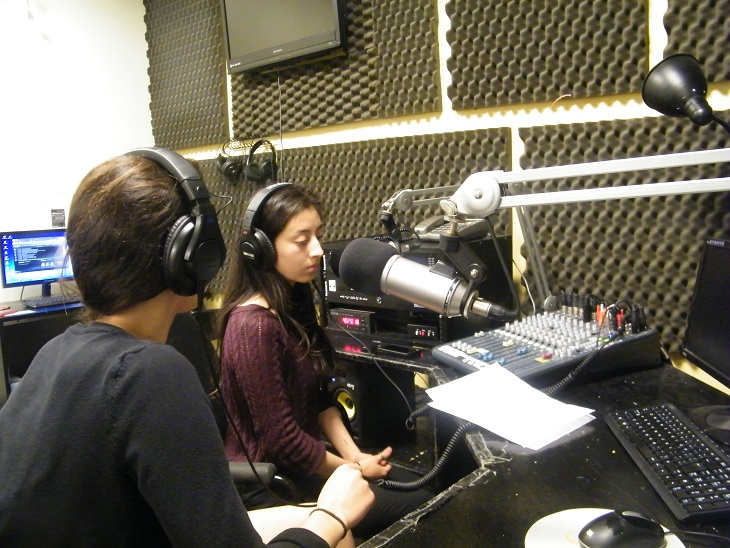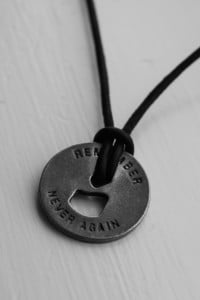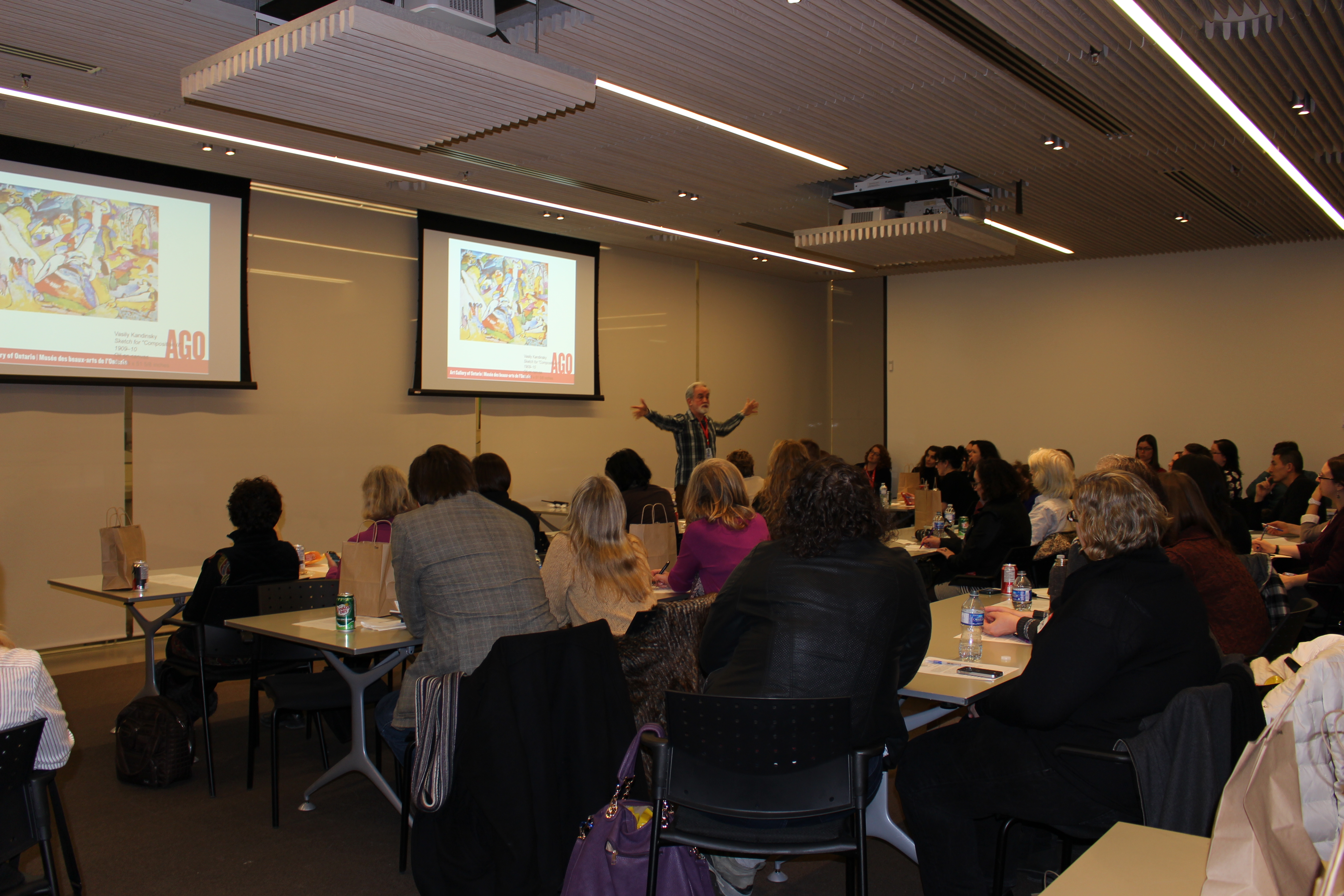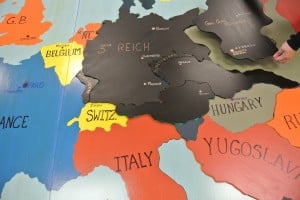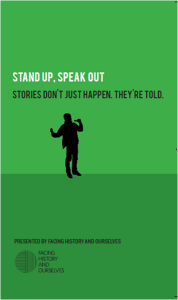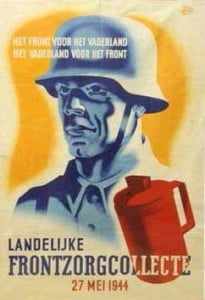Museums are invaluable to education. The carefully selected exhibits, information, and artifacts provide tangible and visual evidence for exploration, reflection, and dialogue that support lessons in the classroom. Museums allow students to build upon prior knowledge – to see things differently.
8 Lessons the Museum of Human Rights Taught Me about My Classroom
Posted by Jamie on November 27, 2014
Topics: Art, Choosing to Participate, Facing History Resources, Holocaust, Canada, Innovative Classrooms, Museum Studies, Strategies
Memorializing the Armenian genocide.
I have always been fascinated by the creation of – and purpose behind – memorials and monuments. I can appreciate the level of thought and detail that goes into each and every design.
Topics: Art, Facing History Resources, Memorial, Genocide and Crimes Against Humanities Course, Lesson Ideas
Six years ago, Prime Minister Stephen Harper made a public apology on behalf of all Canadians for the residential schools the government of Canada created in the 19th century that plagued the fabric of Canadian history for generations to come. Between 1880 and 1996, more than 150,000 First Nations, Inuit, and Métis children were forced into Indian residential schools and thousands did not survive. Those that did survive suffered a loss of language, culture, family, and self. Many suffered abuse at the hands of those who were supposed to care for them.
Topics: Art, Choosing to Participate, Human Rights, History, Innovative Classrooms, Memorial, We and They, Culturally Responsive and Relevant Pedagogy, Social Justice
This semester Facing History students from across the greater Toronto area have been busy learning the ins and outs of digital storytelling - writing, editing, interviewing, and developing media skills in order to produce on social justice-oriented radio segments that will broadcast on Radio Regent. The youth-led audio documentaries will explore critical topics such as identity, bystander behaviour, religion, upstanders in history and today, and standing up for others.
Topics: Art, Events, EdTech, Innovative Classrooms, Media Skills, Technology, Radiozilla
Today Facing History announced the recipients of its annual Margot Stern Strom Innovation Awards, which grew out of a teaching award established in 2006 to recognize Facing History-trained educators who are thinking outside-the-box to transform schools and impact student learning.
This year, we awarded over $42,200 to fund 19 classroom projects around the world that focus on technological innovation and collaborative learning, including one of our own educators in Canada!
Topics: Art, Identity, Innovative Classrooms, CHG
I wear a pendant around my neck. It’s about the size of a quarter and it has the silhouette of a solitary candle carved out of the middle. Written around the candle are the words Remember and Never Again. It’s a simple, yet powerful design. A student, noticing this, asked me why I often wore it and what it meant. Instead of answering the question directly, I turned it back to her. I told her that a friend of mine had bought it for me at the United States Holocaust Memorial Museum in Washington D.C. and I asked her why we study the Holocaust. Why do we need to remember?
Topics: Art, Facing History Resources, History, Memorial, Strategies, Genocide and Crimes Against Humanities Course, Lesson Ideas, CHG
Infusing your Classroom with Colour: Facing History at the AGO
Posted by Cheryl Payne on March 10, 2014
Recently, Facing History and Ourselves and the Art Gallery of Ontario co-sponsored a workshop for the exhibit “The Great Upheaval.” This exhibit was on loan from the Guggenheim Collection and focused on European artists during 1910-1918. As a teacher, I was interested in this workshop for two reasons: to learn more about these artists and to discover new strategies to incorporate art into my teaching practice.
Topics: Art, Professional Development, History, workshop, Strategies, Lesson Ideas, big paper
After recently watching the movie Indiana Jones and the Last Crusade with my sons, a thought hit me. In the movie, Indiana accidently comes across the gigantic map room where Nazis are secretly planning their conquests. Leaders and rulers – and everyday citizens – throughout history (like Winston Churchill, for example) have had map rooms. My students needed one too.
Topics: Art, Innovative Classrooms, Museum Studies, Genocide and Crimes Against Humanities Course, CHG
As my students build their journals, ideas of injustice and intolerance flood their pages. Yet this month, the pens are down and students of Genocide are standing up and speaking out. Mathew Jones A.K.A “TESTAMENT” provided Waterdown students with the tools and the inspiration to put their thoughts into Spoken Word Art.
Topics: Art, Events, Innovative Classrooms, Memorial, Genocide and Crimes Against Humanities Course, Personal history
Why teachers should put the “ART of History” in student hands
Posted by Robert Flosman on January 18, 2013
Topics: Art, History, Genocide and Crimes Against Humanities Course, CHG


